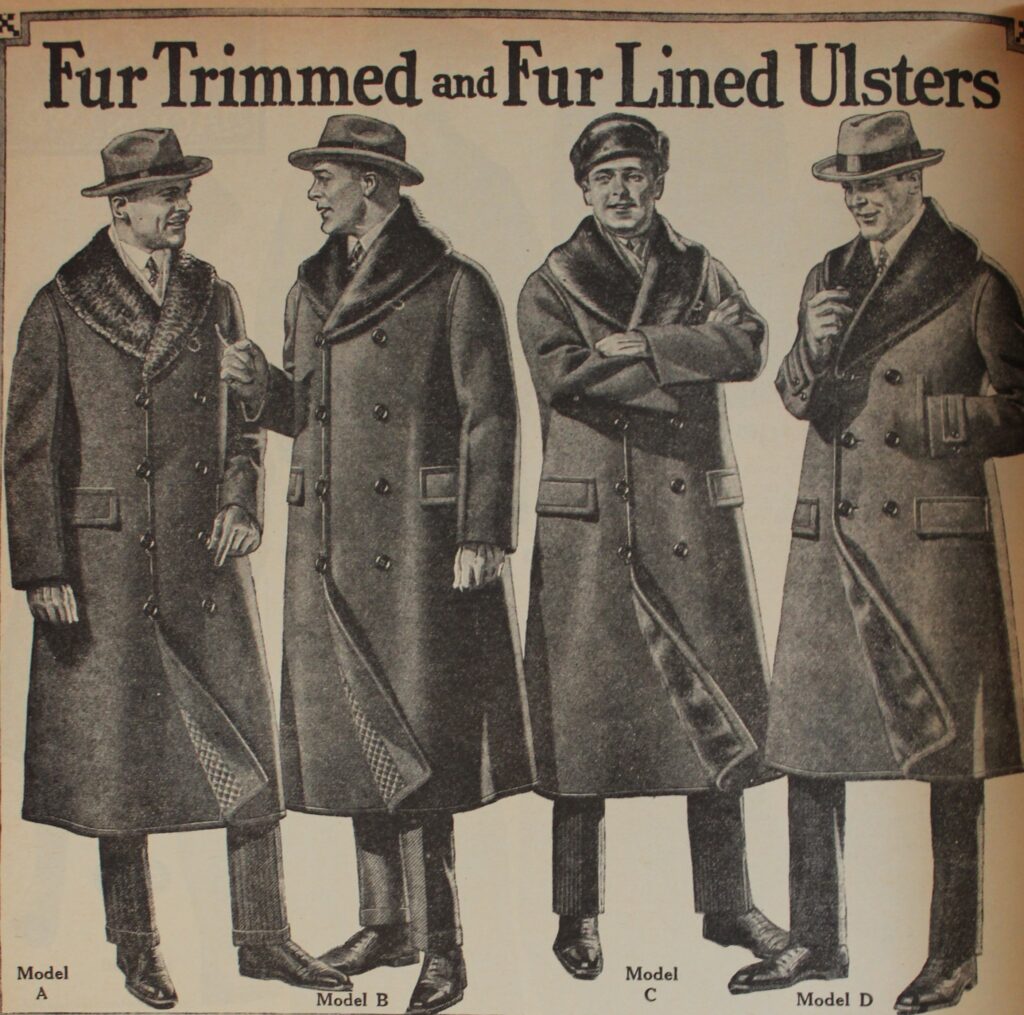Pushing the Season is Riskier Than Ever for Fashion Brands
So Why Do They Keep Doing it?

Sure as the leaves turn colors with autumn’s first chill, the annual dropping of Fall lines has begun for most fashion brands (only a few months ahead of the chill). Cold weather gear has appeared in digital and physical marketplaces everywhere in spite of the weather. 2021 has been the hottest year on record globally as climate change bears down upon us. Drought and wildfires are ravaging the West Coast of the United States like Biblical Plaques. Yet the fashion industry is soldiering on blindly, pushing their launch calendars up a little further every year.
The cycle has become irritatingly predictable: Fall/Winter clothing shows up everywhere in late July, when it is least needed. Then by New Year’s Day, as the heart of winter engulfs the northern half of the country, that same Fall/Winter clothing is sharply discounted and picked over. Just when the apparel is most seasonally appropriate, availability of sizing and styles has dropped off. The same situation applies to Spring/Summer items disappearing by the 4th of July.
So why do brands release merchandise so prematurely? Why are they defiant of nature in a way that appears progressively more naive every year? The short answer is that every brand wants to get a jump on their competitors and offer you the gear you need before anyone else does. The idea is that the first options out there will ultimately sell the most. However minor that gain might be, these are capitalist companies and any advantage will be exploited. The problem is that this system and thought process has been antiquated for a long time now. It has been a root cause for the financial sufferings of many traditional fashion brands.
Jumping the season earlier and earlier for decades led to a system where brands became far too dependent on predictions of consumer habits and market trends. Fashion is so fluid and fickle that predictions, especially of fleeting trends, are inherently unreliable over longer time scales. Traditional fashion brands have to make decisions up to a year in advance of items hitting the market. Pushing the calendar ahead three months of actual functionality significantly decreases your margin for error. In an industry where the margin for error is already razor thin, that prematurity can lead to disaster.
Over production is one of, if not the biggest cause of financial loss for fashion companies. Clothing and apparel, like cars, are a depreciating asset in most cases. With few exceptions, the longer merchandise remains in the brand’s possession, the less profitable it becomes. Square footage is at a premium in every retail store and warehouse so when older merchandise starts taking up space it costs the company money.
The other cost of over production is psychological. Brands have to discount the ticket prices of excess merchandise, either permanently with clearance or temporarily with promotions (sometimes both). This practice is expected for any brand but after a certain point, brands who are forced to discount too much merchandise too frequently take a hit to their image and perceived value. This can lead to a snowball effect where the more consumer perception of a brand’s value drops, the more that brand is forced to lower prices which further decreases their perceived value.
You would think that with all the damage caused by pushing the season in the past, combined with the instability caused by COVID, you wouldn’t see topcoats pop up on your social media feed in July. Yet there they are, along with all the emails and targeted ads announcing the first drops of Fall ‘21 merchandise. It may seem like the kind of willful ignorance that the fashion industry is too often guilty of but old habits die hard.
The temptation of being first is too great for most brands to ignore. Marketing logic dictates that summer has already peaked by mid-July and consumers will soon be interested in next season’s looks. If your brand can spark that interest and your products are out there before your competitors, then you’ve got the edge. Brands may have been burned before, maybe more than a few times, but that fire is still too pretty not to play with.
